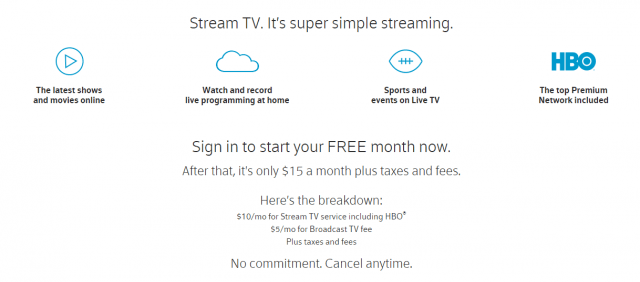
Dear Readers,
It was another great year at Stop the Cap! and we are very grateful for our growing readership and your involvement in the fight against data caps and for better broadband.

Phillip Dampier
Since 2008, Stop the Cap! has exposed the lies about the need to limit your unlimited broadband. We tirelessly check what company executives tell their investors and Wall Street and what they tell consumers and the press about the successes and challenges providing broadband Internet access. The chasm between the two is wide. While companies like Comcast have spent years telling shifting stories that usage caps are not usage caps at all, that limits are needed to ensure fair access to broadband by all of its customers, and that usage-based billing is only designed to force heavy users to subsidize the investments Comcast makes in faster broadband, company officials tell Wall Street a much simpler (and honest) story: usage caps are about monetizing broadband usage to boost profits.
There has never been anything fair about “fair usage policies” for wired broadband. Rationing Internet usage at a time when fiber optic lines are being installed at a rate not seen since the dot.com boom and the arrival of the next generation standard for delivering broadband over cable television lines simply does not make sense. But it makes a lot of dollars.
Customers continue to make it quite clear to all who choose to listen: usage caps and the industry’s version of usage-based billing are both unacceptable.
Tens of thousands of complaints about usage caps arrived at the FCC in 2015, while the agency continued to drag its feet on a much-needed review of their impact on competition. “Cord cutting” is no longer just a theory. While providers openly engage in wound licking over video subscriber losses, they also quietly appreciate the fact they own the broadband pipes that their new online competitors depend on. Worried that Hulu, Netflix, and Sling TV are stealing your customers? With a crafty usage cap, customers learn soon enough the money “saved” cutting the cord will instead be spent covering overlimit fees incurred using broadband to watch television. Heads they win, tails you lose.
Comcast is by far the biggest menace we will fight in 2016. Their multi-year “experiment” in Internet rationing continues to spread like a virus into new markets, mostly in the deregulatory/hands-off states in the southern and western U.S. The “free market” paradise that was supposed to bring robust competition has too often brought higher bills and usage limits instead. To observers, Comcast’s decision to cap its customers in Chattanooga, Tenn., seems crazy. Comcast faces robust competition from EPB Fiber Optics and AT&T. EPB doesn’t cap its customers and AT&T U-verse wouldn’t dare. But Comcast has decided to cap anyway.
In 2015, consumers continued to despise Comcast (while also throwing Time Warner Cable under the bus for lousy service and high prices), despite CEO Brian Roberts’ reflexive promise he was solidly committed to improving Comcast’s image with customers. Capping customers’ usage while creating a $30-35 “insurance plan” to protect customers from Comcast’s overlimit fees would seem counter-intuitive, or at least ironic, to improving customer relations. Yet Roberts continues to tell investors with a straight face customer reaction to caps remains “neutral to slightly positive.” (Perhaps at the online equivalent of Mistress Raisin’s S&M Club, but likely nowhere else).
In addition to fighting usage caps, Stop the Cap! also taught consumers how to fight for a better deal. We attracted over two million visitors to Stop the Cap! in 2015, many looking to cut their cable and phone bills. We showed them how. These articles were among the most visited for 2015:
#5: How to Get a Better Deal for Verizon FiOS; $79.99 Triple-Play Offer With $300 Rebate Card (14 comments, originally published in December, 2013)
#4: How to Get Verizon Wireless’ 4G $30 Unlimited Use Hotspot Feature Added to Your Account (47 comments, originally published in July, 2011 and no longer timely)
#3: Source: FCC Will Get Serious About Data Caps if Comcast Moves to Impose Them Nationwide (149 comments, first appearing in May, 2015)
#2: Updated! How to Score a Better Deal From Time Warner Cable and Save Over $700 a Year: 2015 Edition (150 comments and first updated in March, 2015 and again over the summer)
#1: How to Score a Better Deal With AT&T U-verse; $28/Mo for 18Mbps, $33/Mo for 24Mbps (112 comments and originally published in December 2013)
Our audience is global. Most of our readers are located in the United States, Canada, and the United Kingdom, but we recorded visitors from 209 countries in 2015.
The interconnection wars between cable and phone companies and online video providers like Netflix also helped bring readers to Stop the Cap! In fact, our busiest day in 2015 came on June 23rd when 14,362 unique visitors arrived to read our story: AT&T, Verizon, Time Warner Cable Implicated In Content Delivery Network Slowdowns.
In 2015, Stop the Cap! published 452 news stories. Since 2008, we’ve archived 4,494 original articles here.
How do people hear about us? The top five referring websites in 2015:
Once people hear about us, many become regular readers and participants. We recognize our top-five participants who frequent the comment section found at the bottom of every Stop the Cap! article:
#5: Limboaz, with 23 comments in 2015
#4: AC, with 27 comments
#3: BobinIllinois, with 27 comments
#2: Paul Houle, with 28 comments
#1: Joe V, with a whopping 67 comments in 2015.
Welcome to 2016. The fight continues.
We appreciate your financial support and you will find a donate button on the right that allows you to make contributions with a credit card or bank account. Stop the Cap! does not accept industry money and is fully funded with contributions from readers like you. Your donations allow us to subscribe to news-gathering and research services, pay costs to support this website, fund software upgrades, and help cover expenses involving testimony before regulatory bodies. Providers may be getting rich, but we certainly are not, which is why making a regular contribution to Stop the Cap! will make a big difference in how far we can take this fight.
Thanks for your support!
P.S. – You can follow breaking stories from us on Twitter (@stopthecap) and Facebook (https://www.facebook.com/stopthecap/). You can follow my own views on broadband and other matters via my Twitter account (@phillipdampier). We intend to beef up our social media presence this year so stay tuned!
Sincerely,
Phillip Dampier – Your Editor


 Subscribe
Subscribe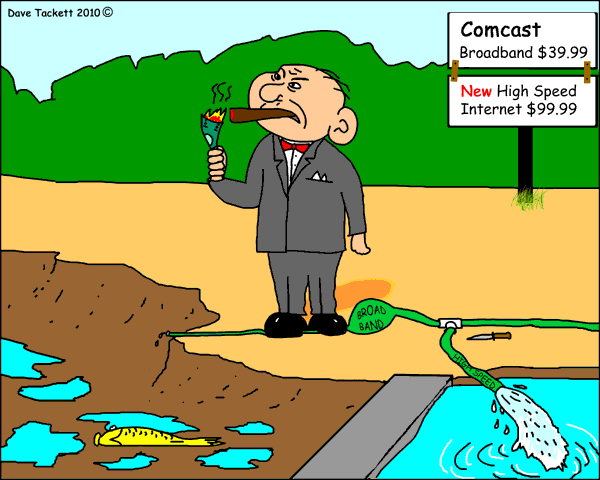 Stop the Cap! has received a growing number of complaints from Comcast customers in Georgia who are paying the cable company an extra $35 a month to get back unlimited Internet access that is performing worse than ever before for online video streaming.
Stop the Cap! has received a growing number of complaints from Comcast customers in Georgia who are paying the cable company an extra $35 a month to get back unlimited Internet access that is performing worse than ever before for online video streaming.
 Jeff Wemberly reports his Comcast usage meter is recording unprecedented levels of usage he has never seen on his broadband account before the caps.
Jeff Wemberly reports his Comcast usage meter is recording unprecedented levels of usage he has never seen on his broadband account before the caps.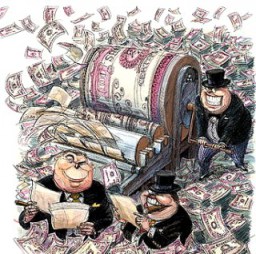
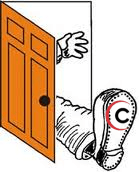
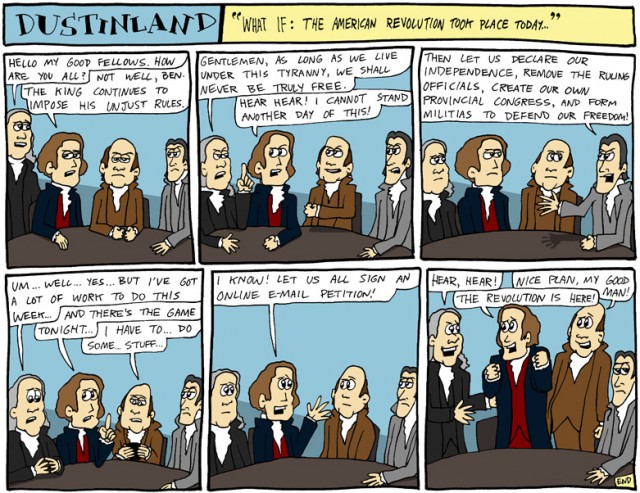

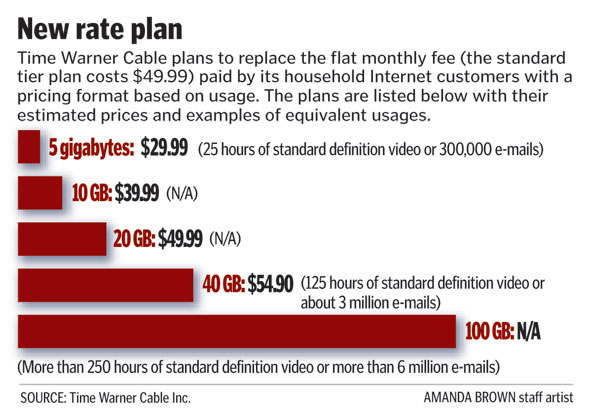
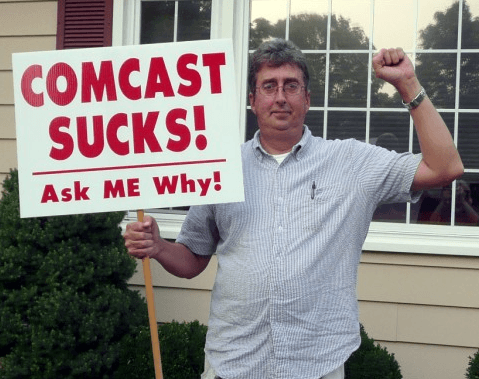 If you are living with a Comcast data cap and want to see it gone, you can do something about it. Consider organizing your own local movement by tapping fellow angry customers and recruiting local activist groups to the cause. In Rochester, there was no shortage of angry college students and groups ready to protest. Google local progressive political groups, technology clubs, and technology-dependent organizations in your immediate area. Some are likely to be a good resource for building effective public protests, sign-making, and other TV-friendly protest techniques. Contact town governments, the mayor’s office of your city, technology-oriented newspaper columnists, radio talk show/computer support show hosts, etc., to build a mailing list for coordinated announcements about your efforts. Many local officials also oppose data caps.
If you are living with a Comcast data cap and want to see it gone, you can do something about it. Consider organizing your own local movement by tapping fellow angry customers and recruiting local activist groups to the cause. In Rochester, there was no shortage of angry college students and groups ready to protest. Google local progressive political groups, technology clubs, and technology-dependent organizations in your immediate area. Some are likely to be a good resource for building effective public protests, sign-making, and other TV-friendly protest techniques. Contact town governments, the mayor’s office of your city, technology-oriented newspaper columnists, radio talk show/computer support show hosts, etc., to build a mailing list for coordinated announcements about your efforts. Many local officials also oppose data caps.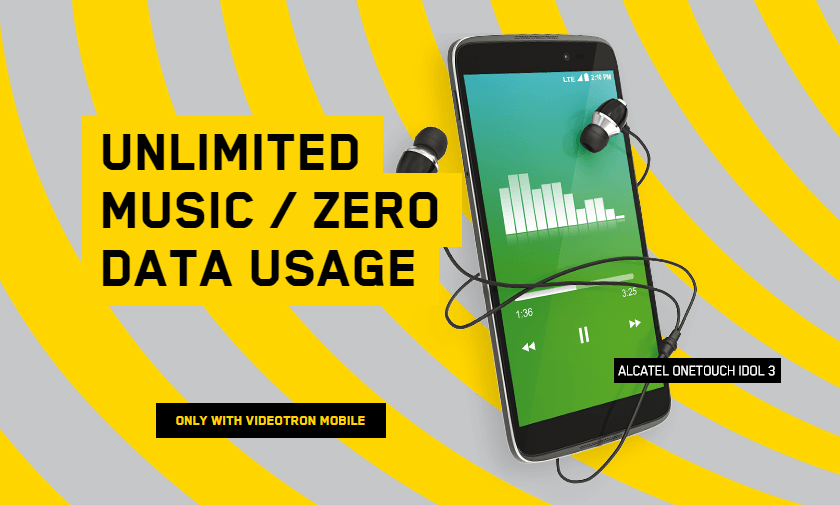 The Canadian Radio-television and Telecommunications Commission is asking some hard questions of Quebec-based mobile provider Vidéotron, which began zero-rating preferred partner music streaming services last summer that allow customers to stream all the music they want without it counting against their data cap.
The Canadian Radio-television and Telecommunications Commission is asking some hard questions of Quebec-based mobile provider Vidéotron, which began zero-rating preferred partner music streaming services last summer that allow customers to stream all the music they want without it counting against their data cap. Observers say zero-rating enhances a customer’s perception that data has a measurable financial value, often arbitrarily assigned by competitors in a marketplace. If providers charge an average of $10 per gigabyte, customers will gradually accept that as the base value for wireless data, despite the fact many providers used to sell unlimited data plans for around $30. Zero rating content can be used in marketing campaigns to suggest customers are getting added value when a provider turns off the usage meter while using those services. Stream 3GB of music and a provider can claim that has a value of $30, but provided to you at “no charge.”
Observers say zero-rating enhances a customer’s perception that data has a measurable financial value, often arbitrarily assigned by competitors in a marketplace. If providers charge an average of $10 per gigabyte, customers will gradually accept that as the base value for wireless data, despite the fact many providers used to sell unlimited data plans for around $30. Zero rating content can be used in marketing campaigns to suggest customers are getting added value when a provider turns off the usage meter while using those services. Stream 3GB of music and a provider can claim that has a value of $30, but provided to you at “no charge.” Comcast is inviting controversy launching a new live streaming TV service targeting cord-cutters while exempting it from its own data caps.
Comcast is inviting controversy launching a new live streaming TV service targeting cord-cutters while exempting it from its own data caps.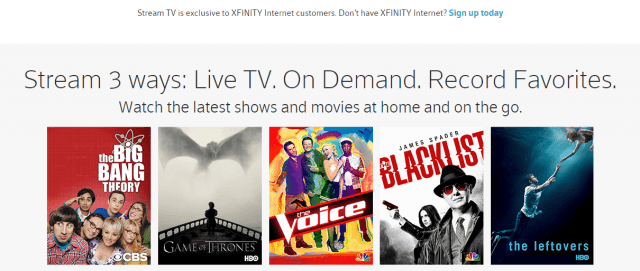
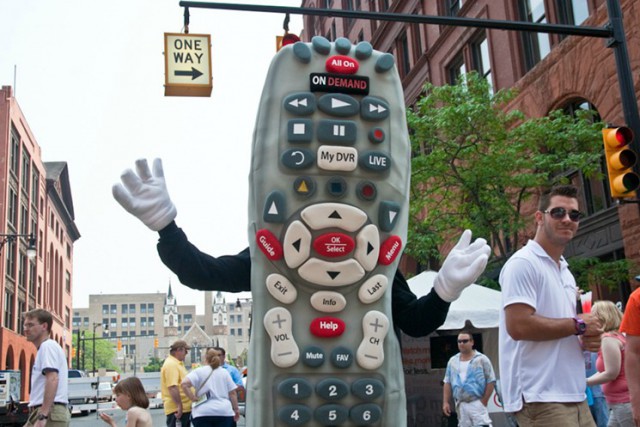 Comcast claims it is reasonable to exempt Stream TV from its 300GB data cap being tested in a growing number of markets.
Comcast claims it is reasonable to exempt Stream TV from its 300GB data cap being tested in a growing number of markets.